
Intel made it evident during the CES 2012 keynote that 2012 will be the year of the Ultrabooks. For the uninitiated, Ultrabooks are new set of notebooks that boast a slim form factor and are capable of a performance worthy of a fully loaded notebook. While we’ve seen quite a few Ultrabook launches in the past few weeks, Dell was one of the first ones to launch their XPS 13 in the Indian market. We’ve been playing with the notebook for some time and this is what we think.
Design:

Let’s be honest. Dell XPS 13 is one of the finest looking Ultrabooks. Dell has really given a thought on the design as well as in the use of materials. XPS 13 uses single sheet aluminium for the top-cover and accent on the side and a carbon fibre base with a rubberized texture to give the much needed grip. Dell has also placed clunky labels beneath a nice ‘XPS’ lid at the bottom.

As for the port placement, there’s a headphone jack, single USB 2.0 port and charger slot on the left hand side whereas the right hand side features a mini DisplayPort, USB 3.0 port and a small button with five LEDs showing the battery status.


Overall, the notebook design is fingerprint-free, sleek and aesthetically pleasing.
Display, Keyboard and Trackpad:

13.3-inch is the only available display size for the XPS 13. The display supports 1366×768 pixels which is just over 720p and is at par with the competition. To top it off, the 13-inch display is covered with an edge-to-edge Gorilla Glass that makes it more durable.

Keyboard on the XPS 13 is a treat. The concave chiclet keys take some time to get used to but it’s a breeze to use once you’re set. Added advantage is the LED backlit for the keyboard that can be set to three different light settings. However, trackpad is a mixed bag. XPS 13’s trackpad supports multi-finger gestures that work fairly well but sometimes it fails to register the finger movement. This happens for couple of seconds once in a while though.
Performance:
We received top-of-the-line unit that features 2nd generation Core i7-2637M 1.7GHz CPU along with 4GB RAM and 256GB SSD and needless to say, it fared really well in doing day-to-day tasks. The Dell ultrabook handled web browsing, listening to music, watching videos and moderate use of Photoshop simultaneously with ease. The system cold boots in just 18 seconds and wakes from sleep almost instantaneously.
PCMarks Score – 3774

Battery Life:
The XPS 13 boasts a 6-cell battery and given the various tasks we attempted, XPS 13 gave a respectable about 5.5 hours in Balanced Mode and over 7 hours during Power Saver with display brightness set to the lowest level and keyboard light turned to zero.
Conclusion:
All said and done, XPS 13’s starting price is pricier than Apple’s Macbook Air 13 but as we go further, XPS 13 gives a better value for money if you’re looking to use Windows OS. To sweeten the deal, Dell’s offering also comes with 3 years of warranty that includes cover accidental damage protection and premium phone support.
Rating: 
Pros: Premium Looks, Performance, 3-years warranty
Cons: Unconsistent Trackpad behaviour
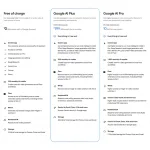
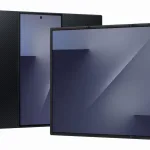
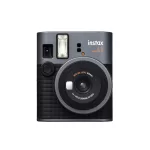
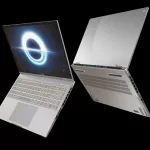
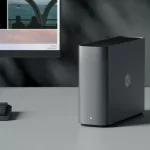
Leave a Reply